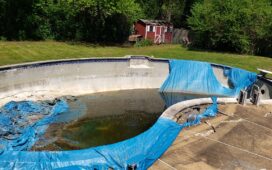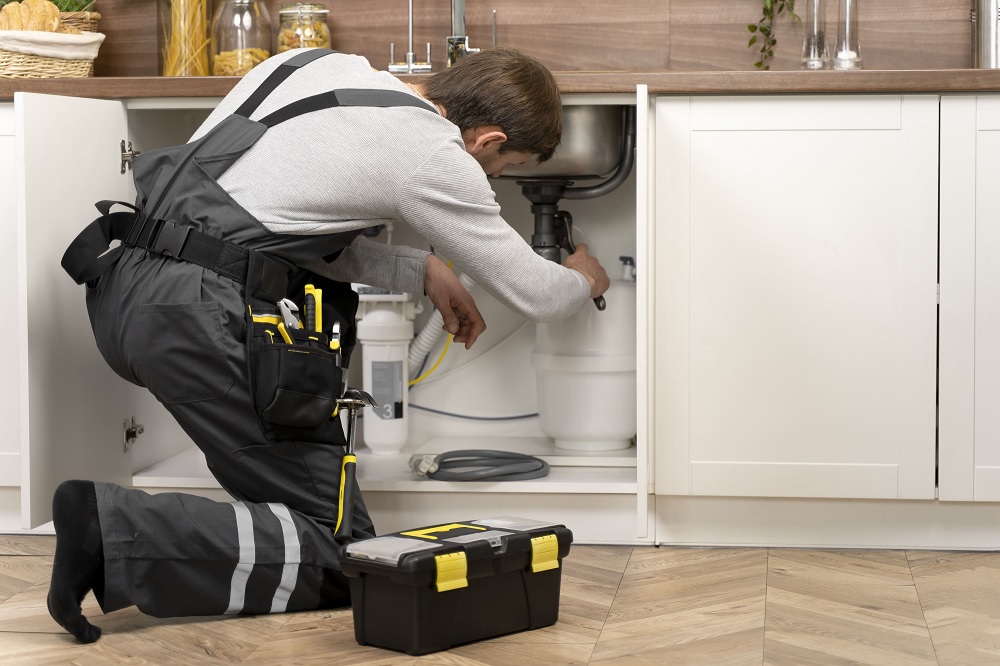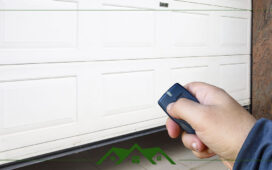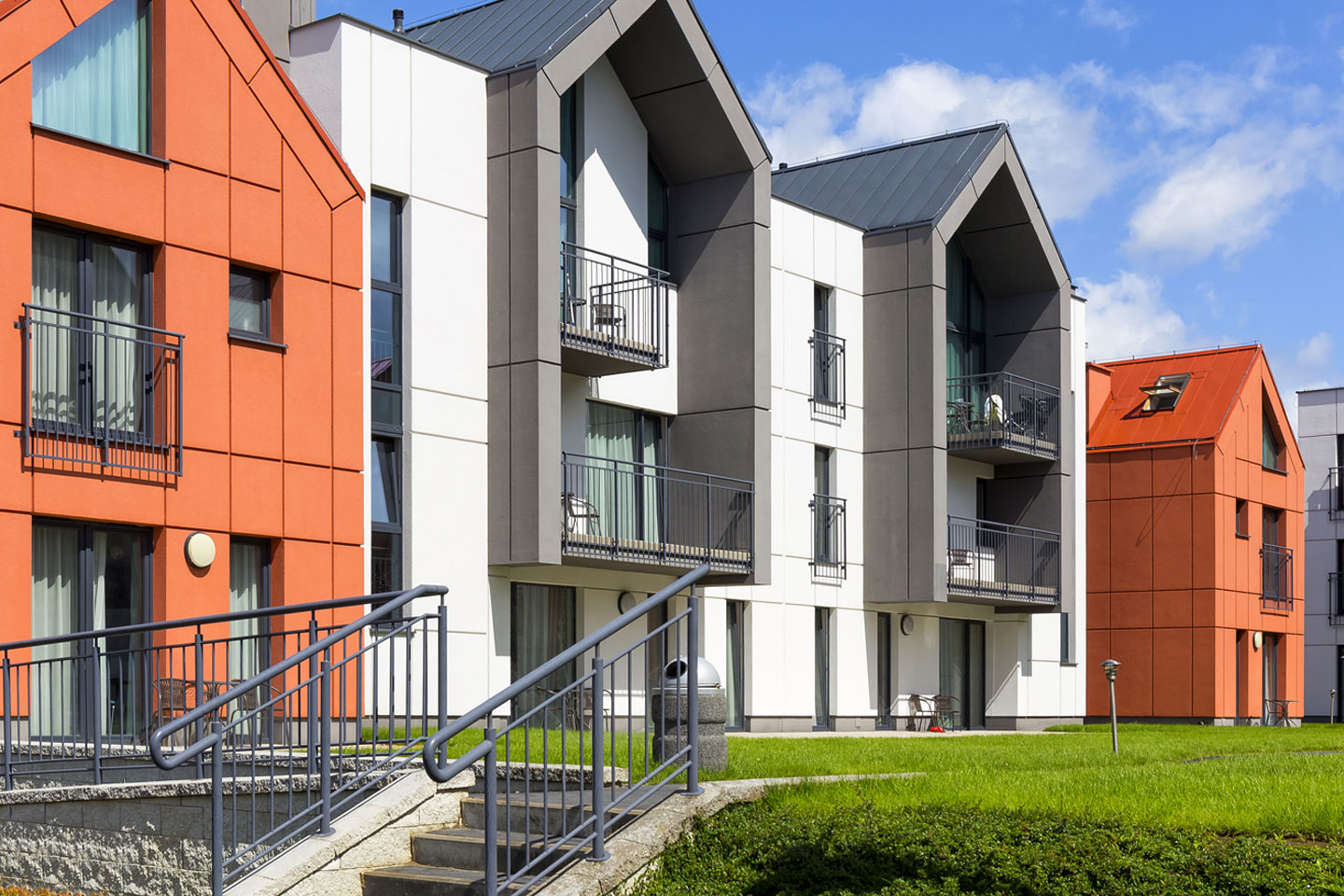The worst part of water damage is putting off repairs after your house has suffered significant flooding or water damage. Major problems might result from this, such as flooded basements, sewer backups, leaking appliances, broken pipes, and water damage after a fire. Water damage can result in structural issues and safety dangers, and mold can begin to grow in as little as 24 hours. Preventing any leaks or other sources of the issue must come first, and only then should a professional be contacted to take the right action to fix and restore the property.
You might be interested to check out the best Phoenix water damage restoration service
What is water damage?
A home’s interior can be destroyed by water damage from a variety of causes, including frozen pipes, rain, overflowing sinks and toilets, leaking appliances, and sewage damage. It is crucial to act after encountering water damage to prevent further harm.
Steps to Take After Water Damage in Your Home
- The procedures to take while dealing with floods and water damage are the most crucial facts in this work.
- In addition to calling your insurance provider, taking the necessary precautions to protect yourself, your belongings, and appliances, switching off the power, putting on safety gear, beginning the water damage repair process right away, taking pictures of all the damage, and seeking assistance from a restoration agency are also among them.
- To stop the growth of fungus in the house, it’s also crucial to remove the flooring, drywall, and insulation.
- When you have eliminated any standing water, you will still need to take care of your moist possessions and utilize central air conditioning to eliminate humidity.
- Dehumidifiers and floor fans like Air Movers can help dry up wet areas, but to maintain a dry house, you might need a professional restoration contractor’s expertise.
- Timing is key, and studies suggest that beginning the drying process within the first 24 hours and completing the drying of the property within three to four days can nearly fully eradicate the risk of fungus.
- It’s critical to recognize fungus and have an expert evaluate the condition to prevent it.
- Get a professional to determine what needs to be fixed.
- The decision of when to return to your house rests with your insurance provider, the construction or repair firm, and the local authority.
Water Damage Inspection and Assessment
Before recovering your house, a thorough investigation of your property and performing a water damage survey are essential. This entails locating the water source and cutting it off before the drying process can start. The likelihood of making the harm worse without a competitive strategy is significant.
Health risks from unattended water damage include respiratory issues, skin and eye irritations, headaches, nausea, vomiting, dizziness, and exhaustion, among others. It can also cause coughing, shortness of breath, wheezing, and other respiratory issues. There are three categories of water damage: Class I, II, and III. It’s crucial to start water damage restoration as soon as possible. Clearwater, grey water, and black water are the three categories of water damage that can occur.












